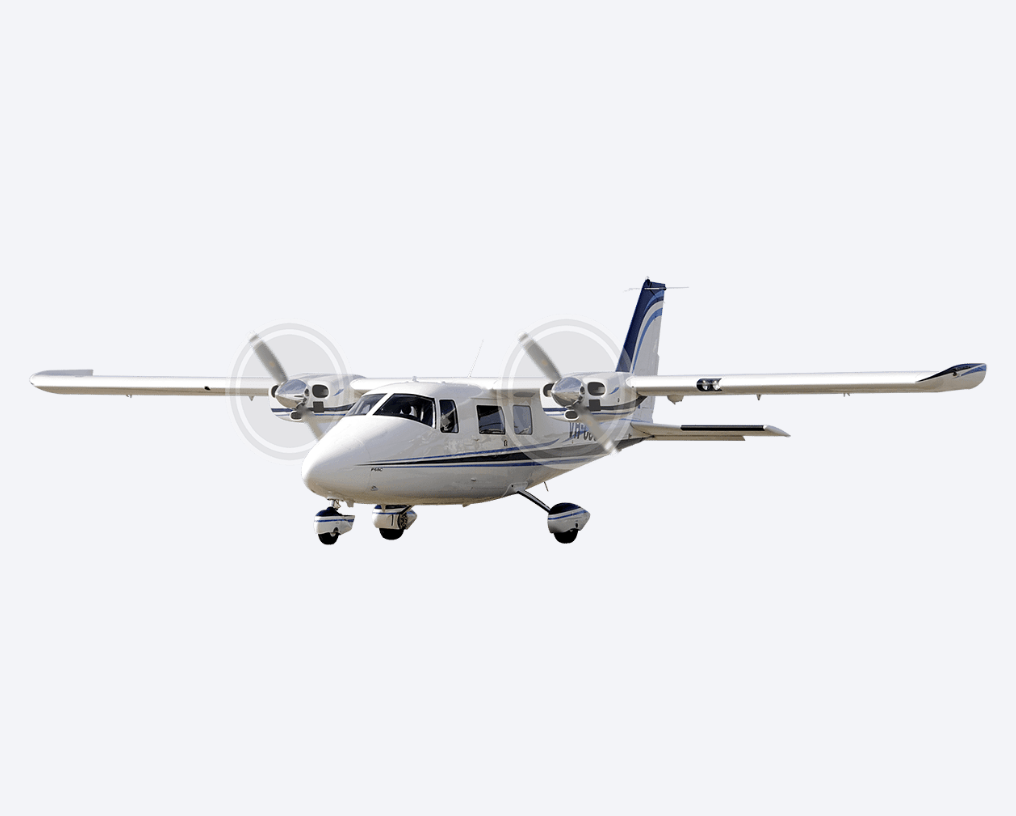P68C
The Vulcanair Aircraft P68C Series is a six seater, twin engine, high wing, fixed landing gear aircraft. Relative to its predecessors the aircraft is offered with numerous improvements such as a modern glass cockpit, a new autopilot, adjustable seats, a standard pilot door, sturdier main gear and brakes, and a higher maximum zero fuel weight.
The P68C is the sensible alternative to many single engine and light twin aircraft in today’s General Aviation market. The redundancy of the second engine with fuel consumption comparable to many six-cylinder single engine piston aircraft place the P68C is in a class of its own. Since its inception the aircraft was designed to be a twin. As a result the P68 is a docile and stable aircraft in the whole flight envelope with superior flight qualities which can only be appreciated once the aircraft is flown.
The P68C is also available with a certified camera hatch allowing the installation of several digital cameras, and other advanced surveillance equipment allowing the aircraft to be a very effective surveillance and digital aerial-photography workhorse.
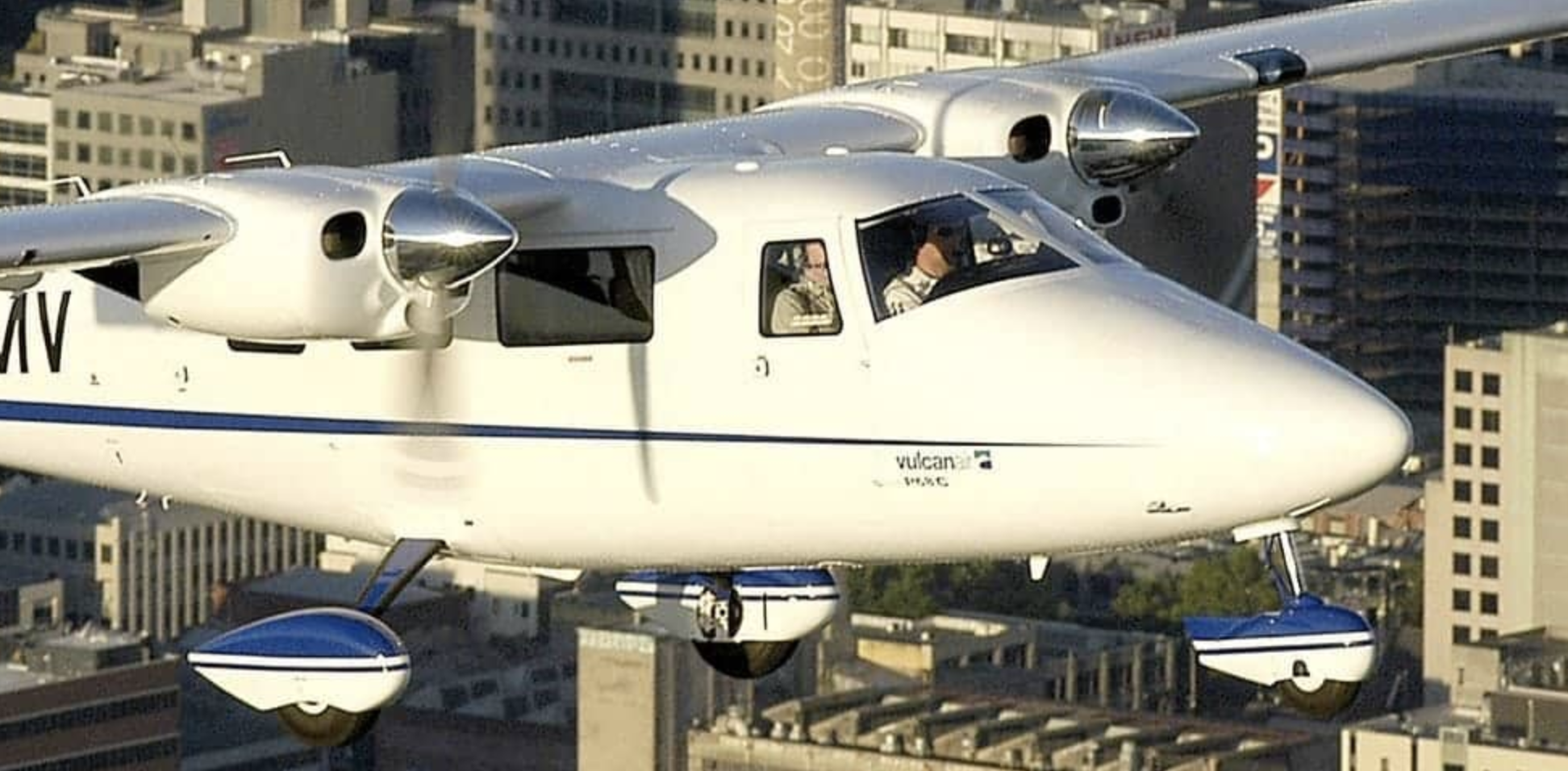
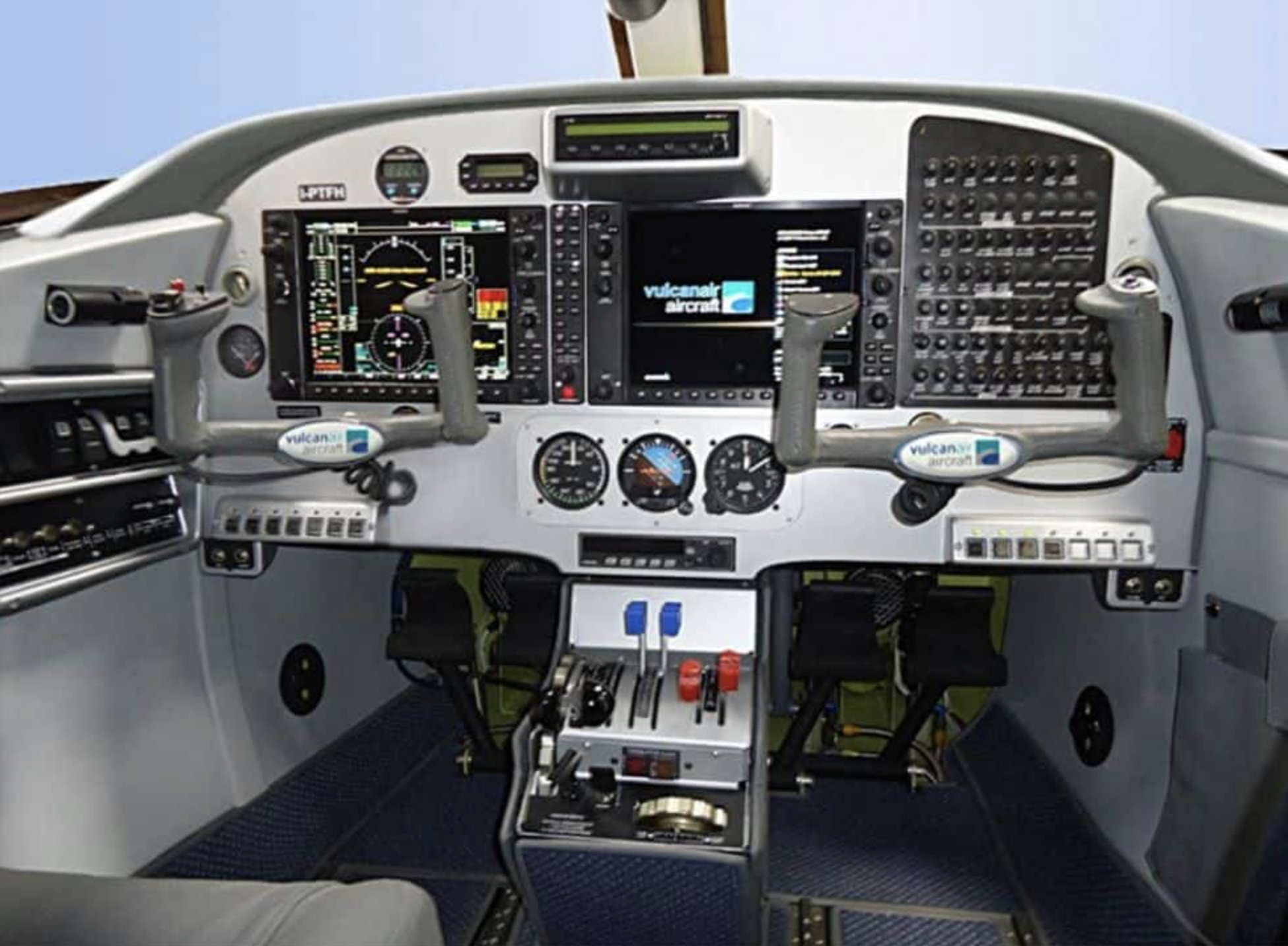
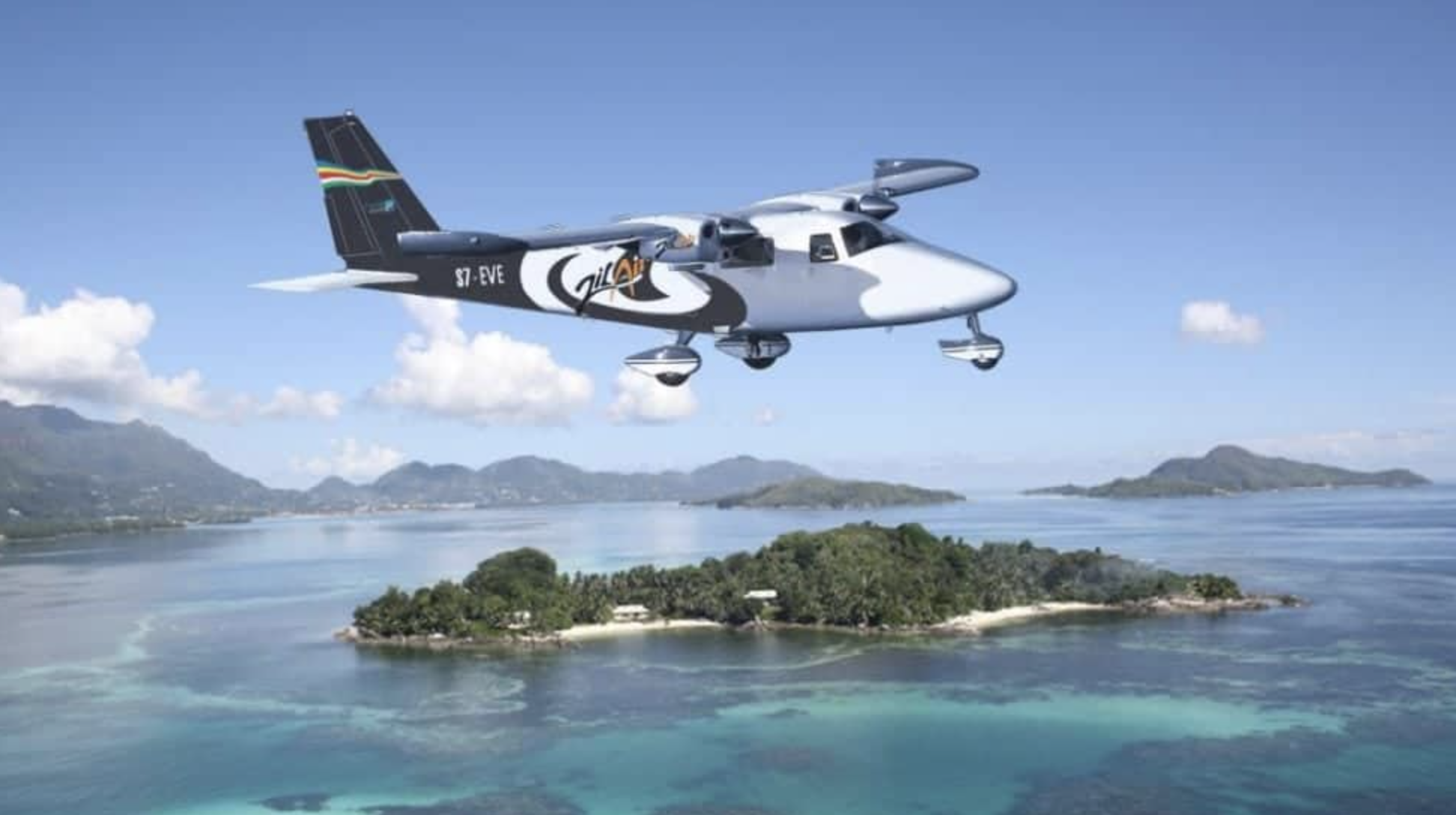
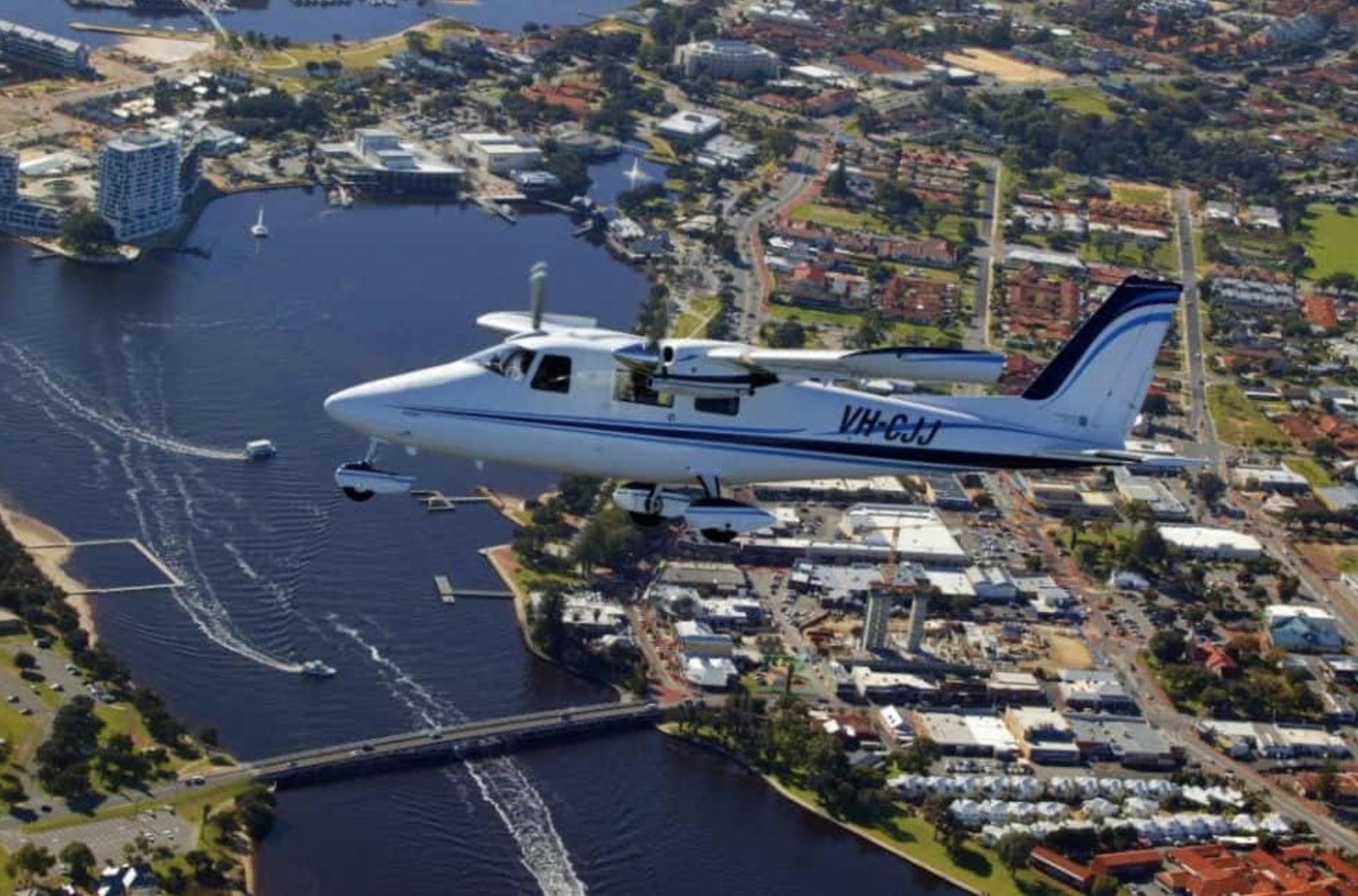
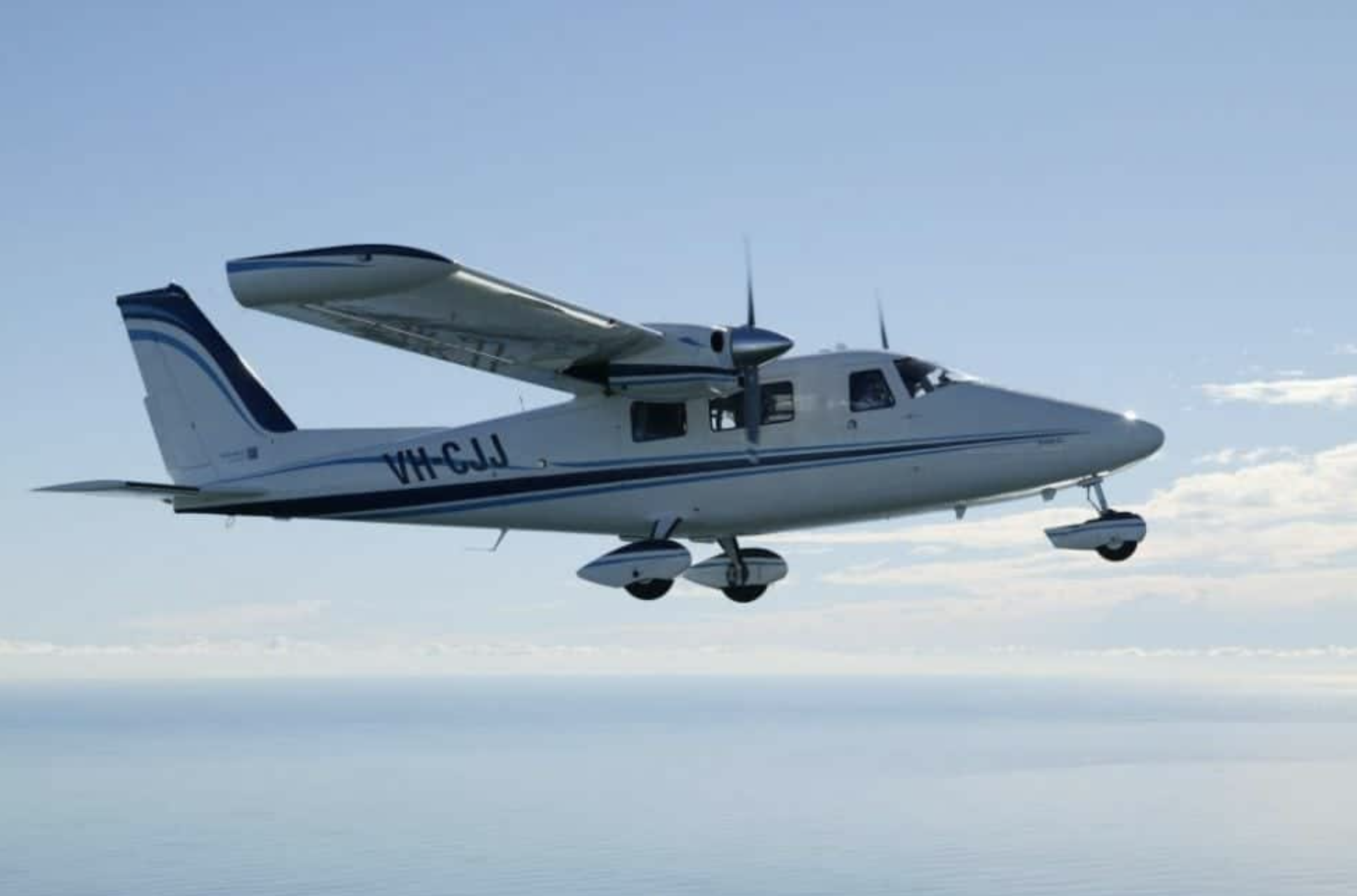
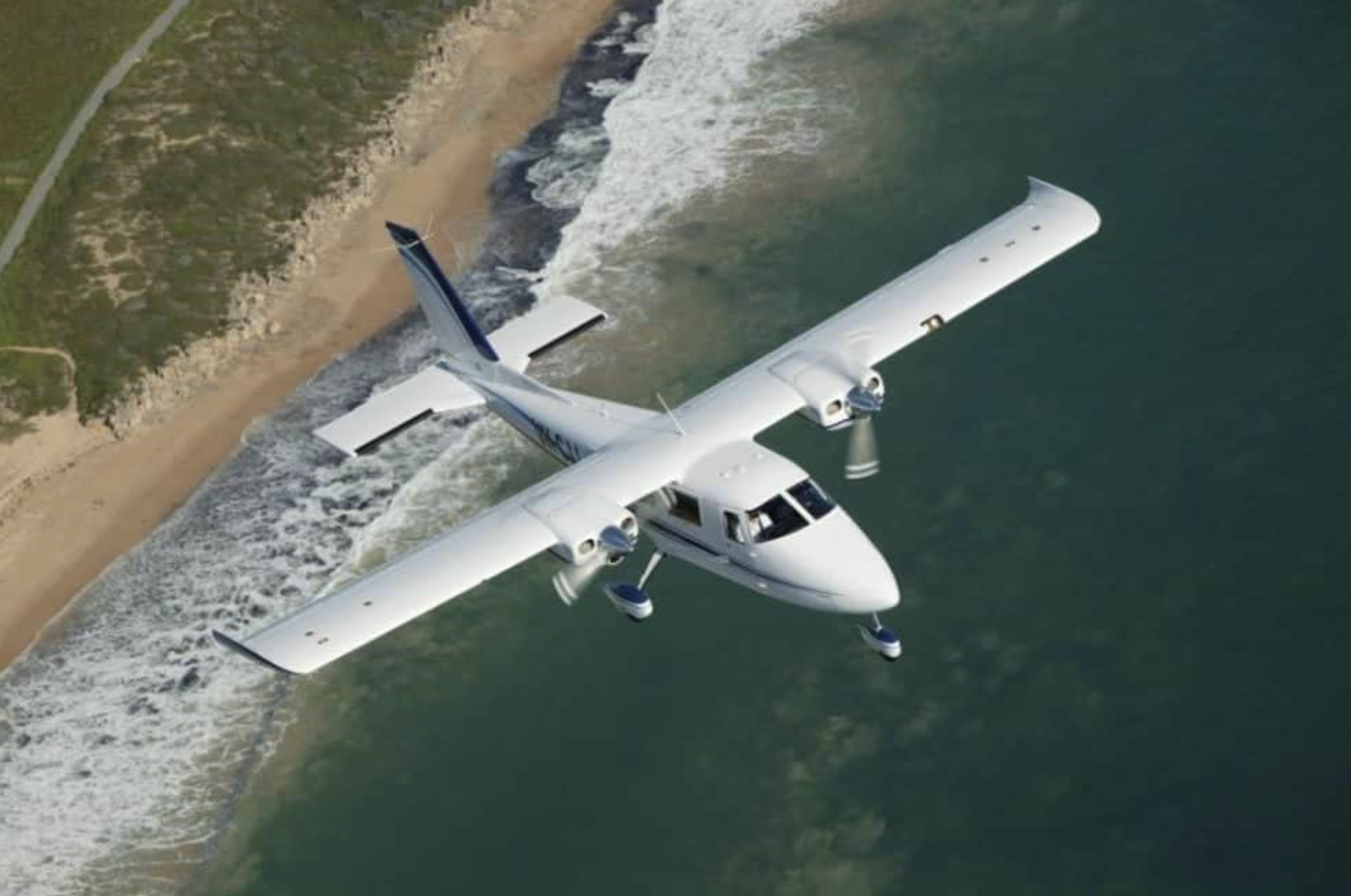
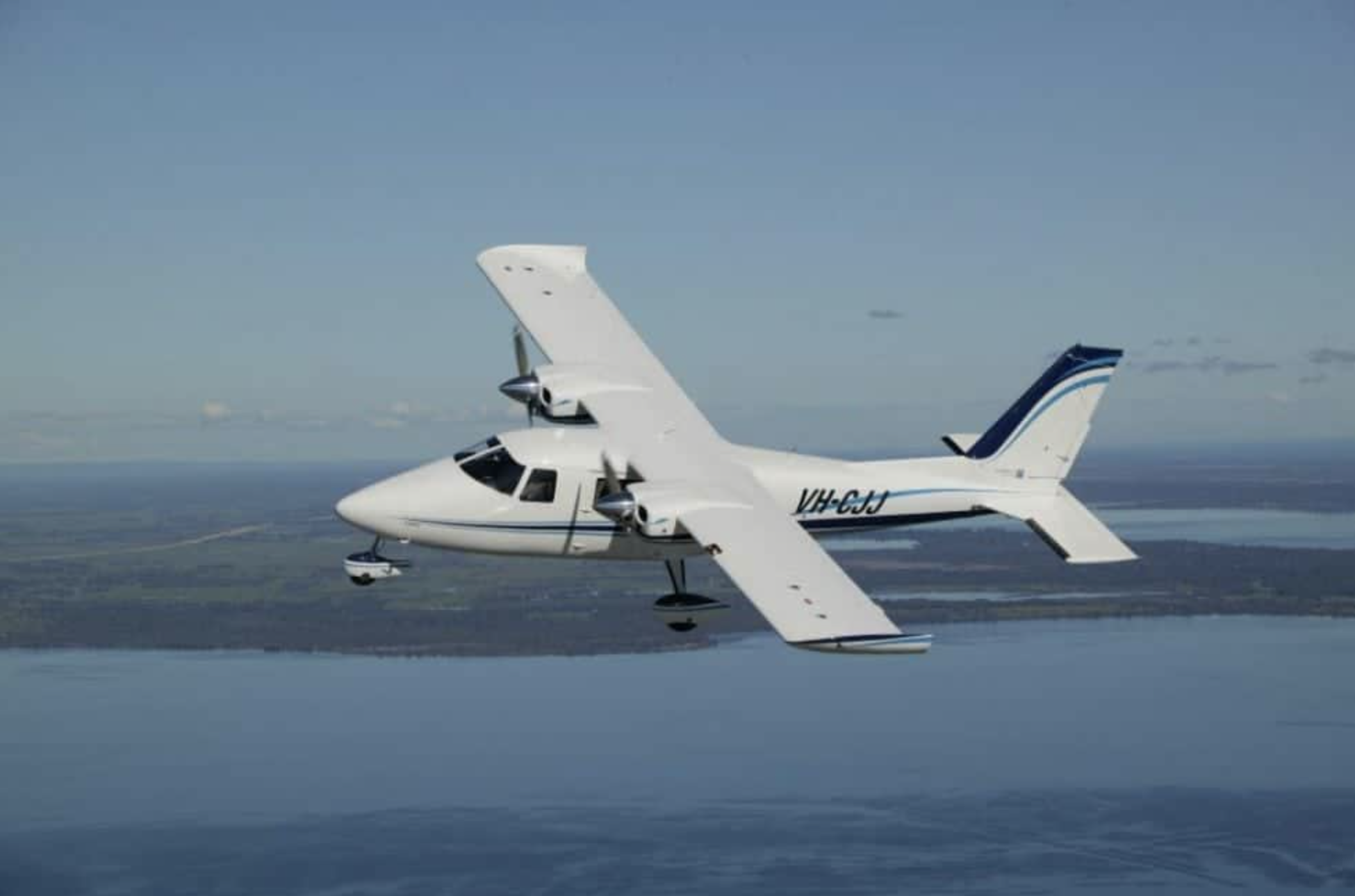
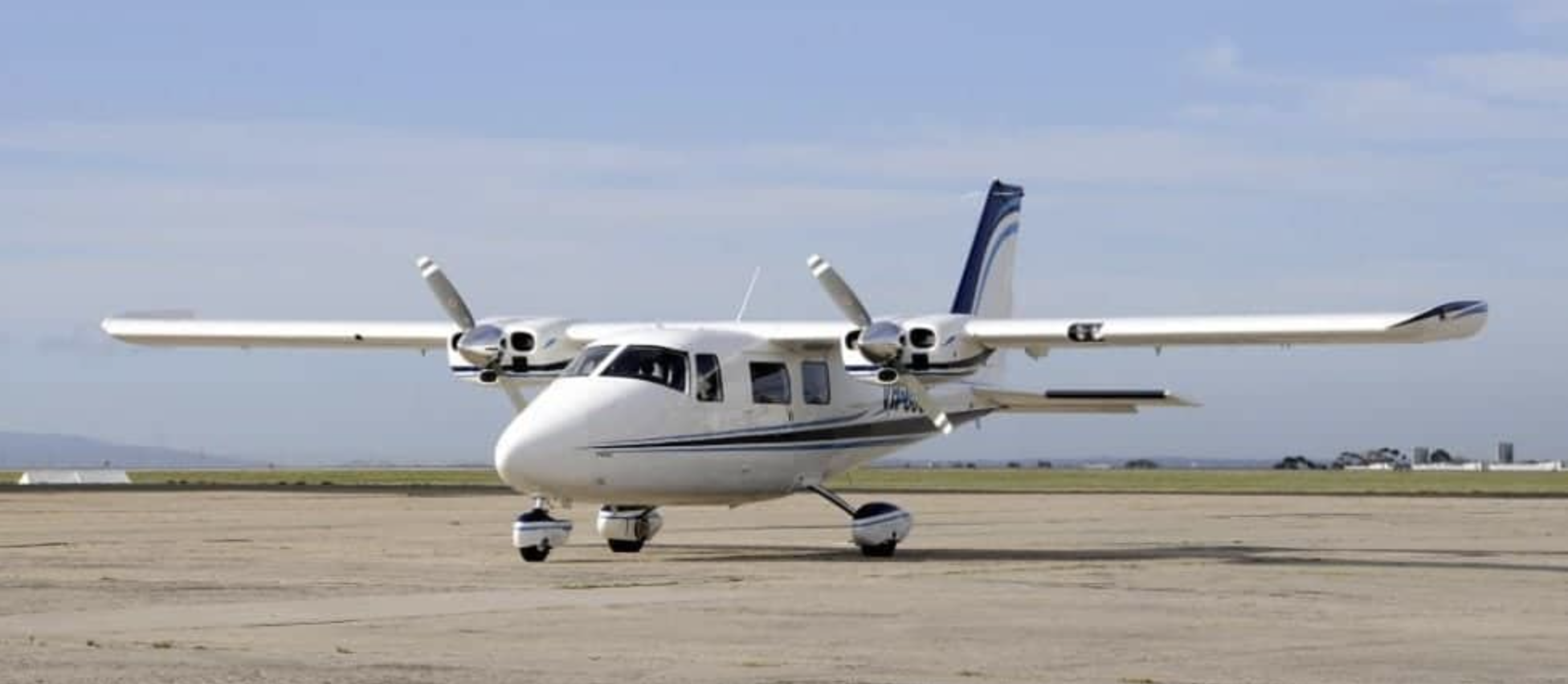
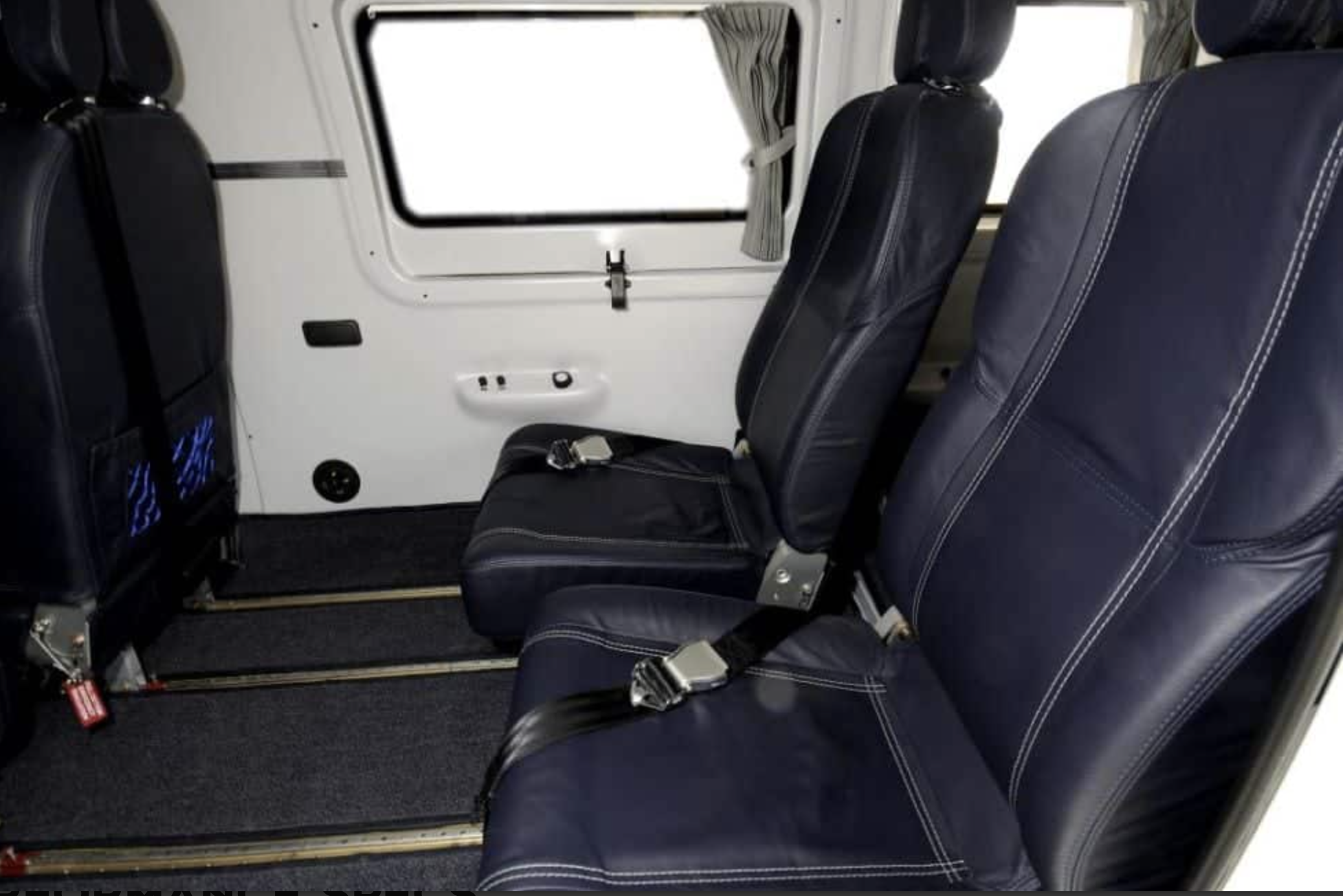
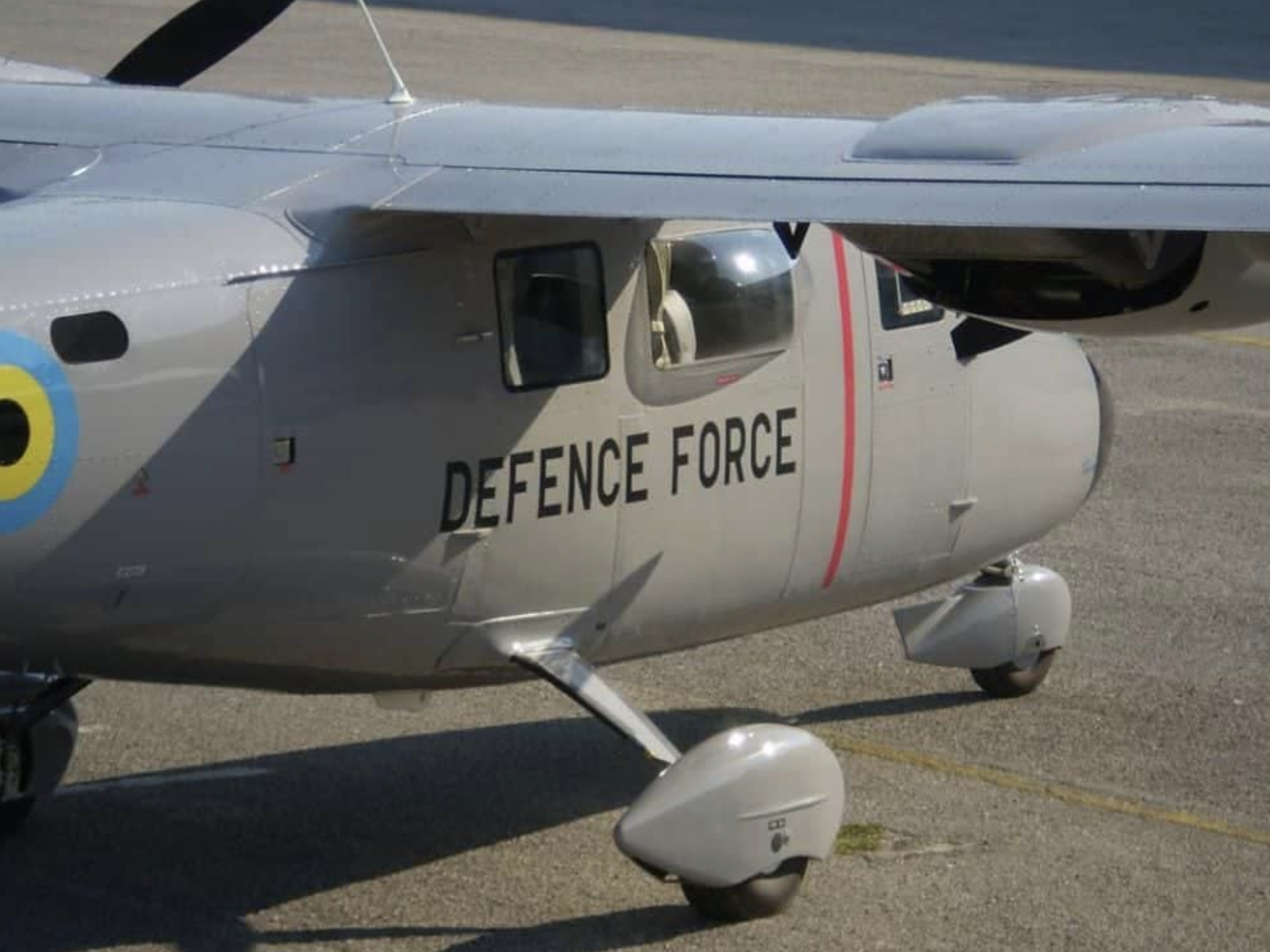
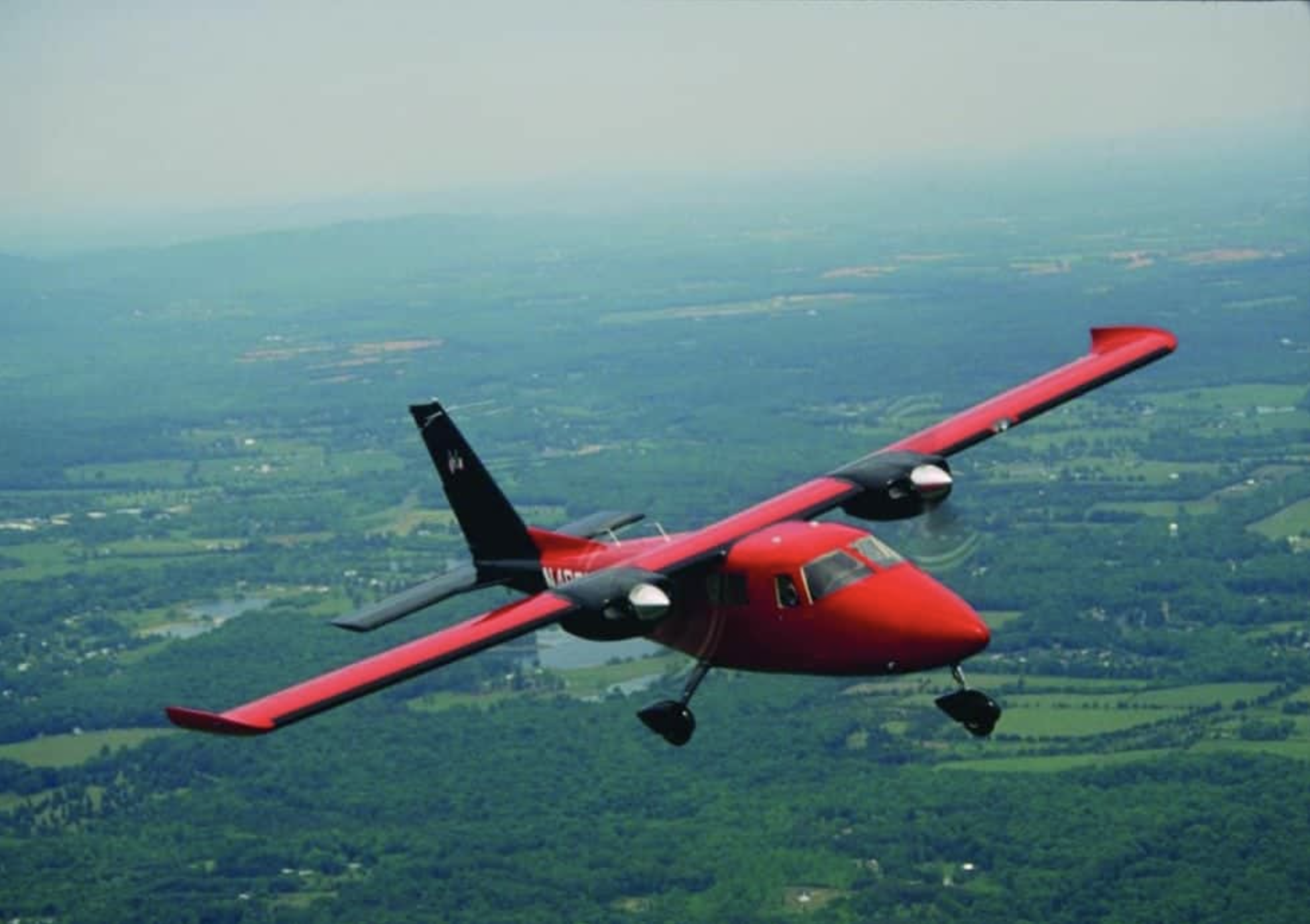
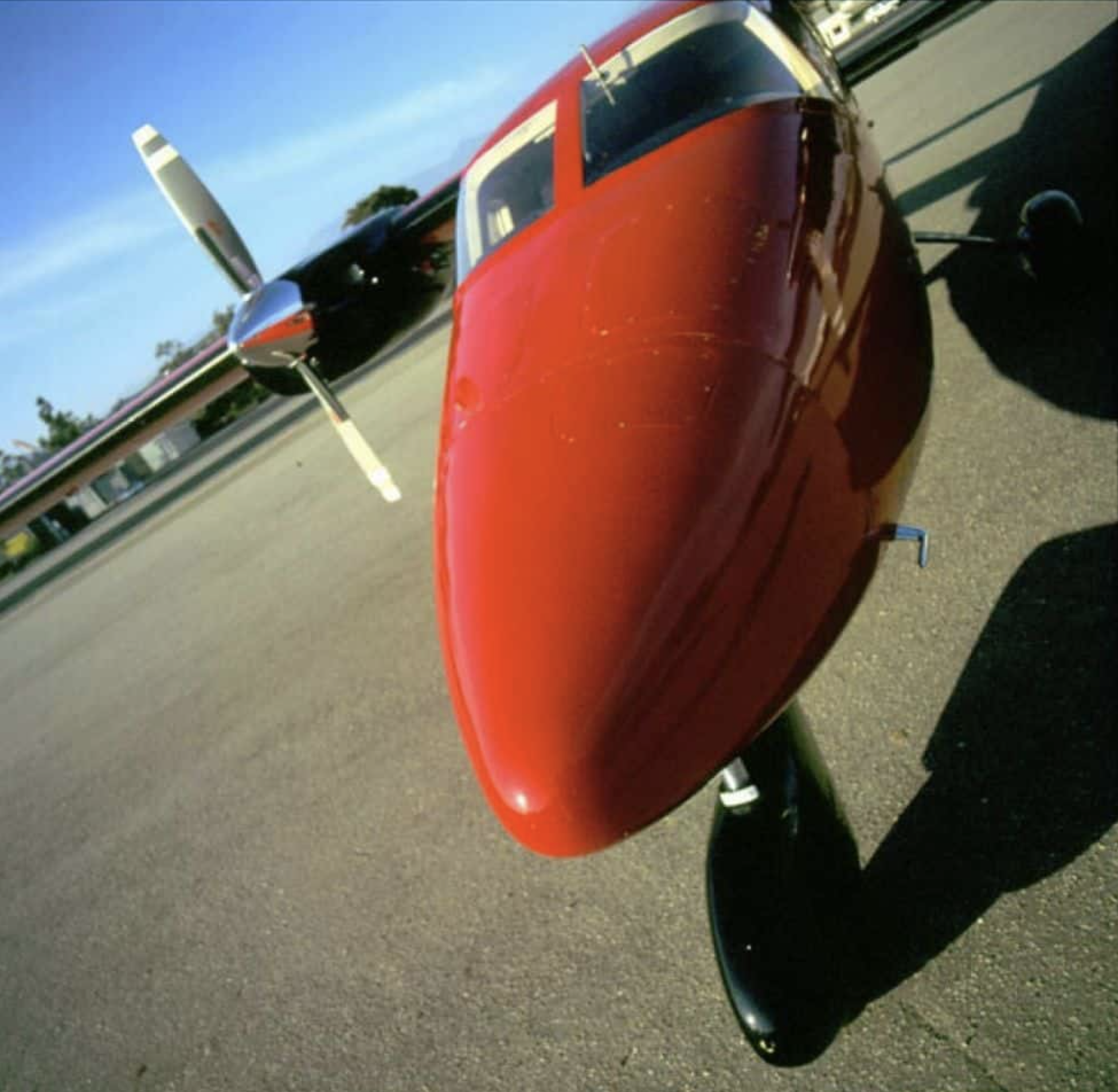



PERFORMANCE SPECS
INTERNAL
SIDE VIEW
UPPER VIEW
This view shows a standard 1+5 seat interior layout of P68C including the arrangement of the cockpit crew, passenger cabin and baggage compartment with the Front RH Pilot door, the large aft RH Cargo door and the LH Passenger entrance door. The aircraft can be also certified for 1+6 people by installing a rear bench allowing seating for three people.
COCKPIT
CABIN
One new feature of the renovated P68C which is greatly appreciated is the redesigned interior which has recovered a lot of headroom especially in the aft passenger area.
The quickly removable seats make a large cabin volume available for the carriage of goods of all kinds from mountain bikes or golf clubs to stretchers for aerial ambulance duties. If the aircraft is used for business flying it can be easily configured in club seating just by switching the direction of two middle seats.
View Specifications
EXTERNAL
The new P68C is easily recognisable thanks to its pilot door, longer nose with more space for avionics and weather radar and its up turned wing tips.
Interviews with our extensive family of enthusiastic owners and operators have confirmed the P68C as an all round performer.
Private owners graduating to their first twin, experienced pilots using the aircraft both for leisure or business and operators routinely hauling passengers from and to remote locations all fly the P68C with the same satisfaction.
WING SPAN
12.00 m
39.37 ft
WING AREA
18.60 m2
200.23 ft2
OVERALL LENGTH
9.455 m
31.33 ft
OVERALL HEIGHT
3.40 m
11.15 ft
DESIGN FEATURES AND INFORMATION
INTRO
The new P68C is available with two 200 hp Lycoming IO-360-A1B6 normally aspirated engines. These engines drive Hartzell constant speed, full feathering propellers.
PERFORMANCE
The exceptionally clean lines of the P68C are the result of many hours of wind tunnel testing and deliver an optimum performance in terms of maximum speed, rate of climb and endurance.
SAFETY
Painstaking work on the part of an ideal designer / test pilot combination have produced truly remarkable and benign handling characteristics particularly at low speeds or in the unlikely event of an engine failure. The forward position of the pilot in relation to the wing provides excellent rearward visibility in turns, making for greater safety in crowded airspace. With the optional de-icing equipment installed on the P68C has been operated day and night with safety and regularity, from severe winter conditions over the North Sea and throughout Northern Europe to the harsh environments of the continents of Africa and Australia.
ECONOMY
The P68 Series has one common feature, economy. The economy of the aircraft is the result of the low operating costs and of the low maintenance costs which are a direct result of the aircraft construction simplicity and low fuel consumption and replacement costs of its power plants. The rugged maintenance free, leaf spring fixed undercarriage, lack of complicated systems and unsurpassed accessibility of servicing points reduce maintenance to the minimum. The high wing configuration enables the engine intakes and propeller tips to be kept well clear of the ground thereby reducing dust ingestion and stone denting to the minimum and extending engine and propeller service lives to the maximum.
CUSTOMER SUPPORT
All the OEM parts installed on the P68C series aircraft have been reviewed and updated to guarantee quick parts availability. With full production resumed also airframe parts availability is guaranteed.
MATERIAL CHOICE
While it can be true that composite aircraft have no rivets, at Vulcanair we believe that there are many advantages in aluminium construction. The first advantage is weight, compared to a similar structure made of aircraft certified composite materials The second are the known and well documented aging and fatigue qualities of aluminium structure together with the ease of repair.
AIRBORNE SUV CAPABILITIES
The P68C can truly be considered an airborne SUV The difference between the Vulcanair and any aircraft which may be comparable to it is that the P68C has two engines and these two engines are powerful enough and reliable. No other light twin in the market offers three rows of removable seats, more than 65 cubic feet of internal volume including 20 cubic feet of cargo space allowing a max load in the cargo compartment of 400 lbs. The P68C flexible space allows the pilot to load the aircraft in many ways that can satisfy many different mission profiles.
STYLE
Let’s not forget that the P68 Series is designed and manufactured in Italy. Look at the clean lines of the aircraft and you will notice the difference.

